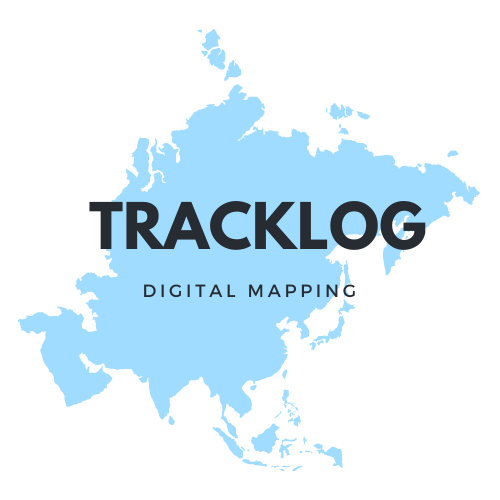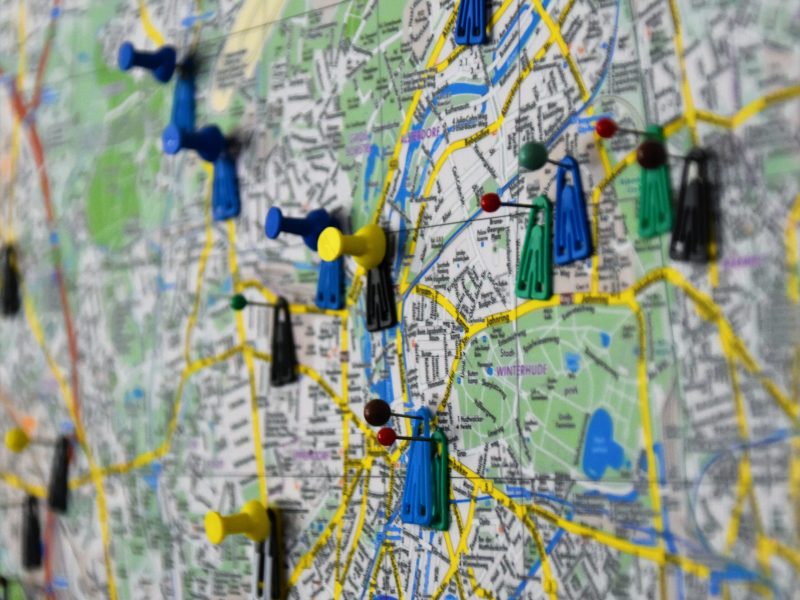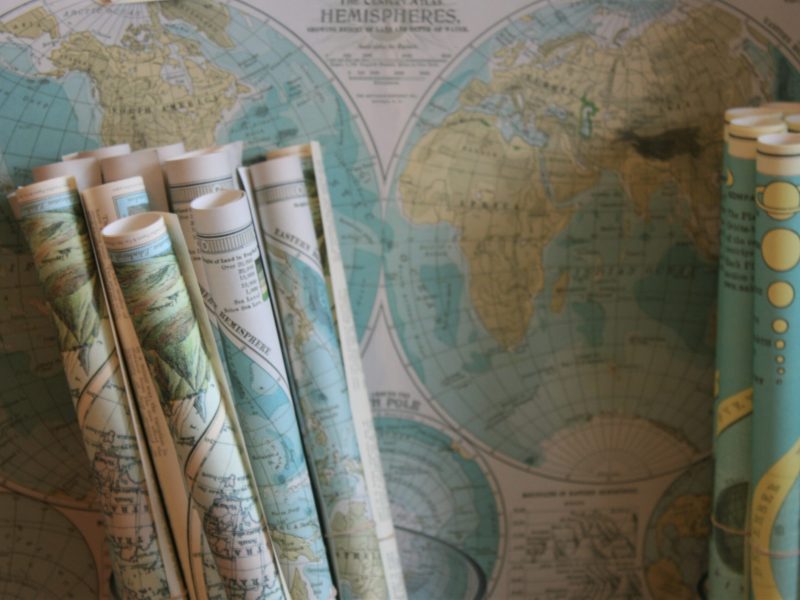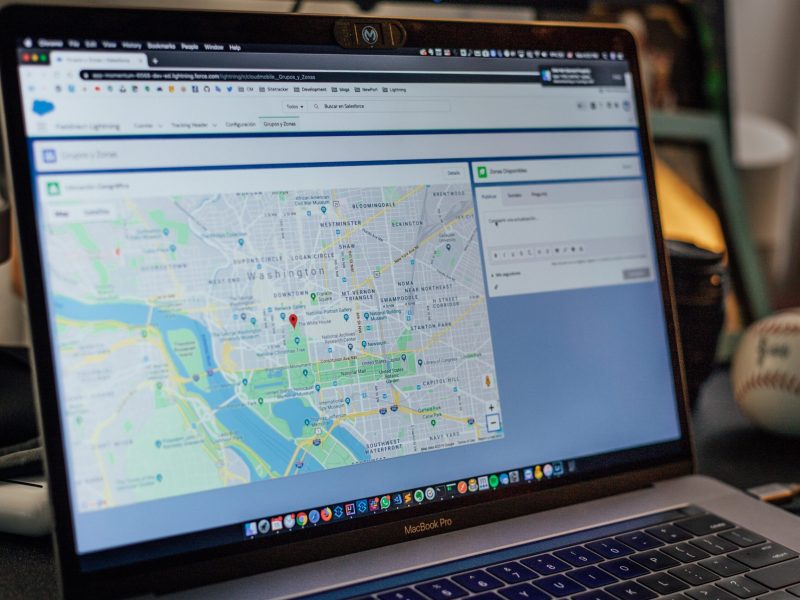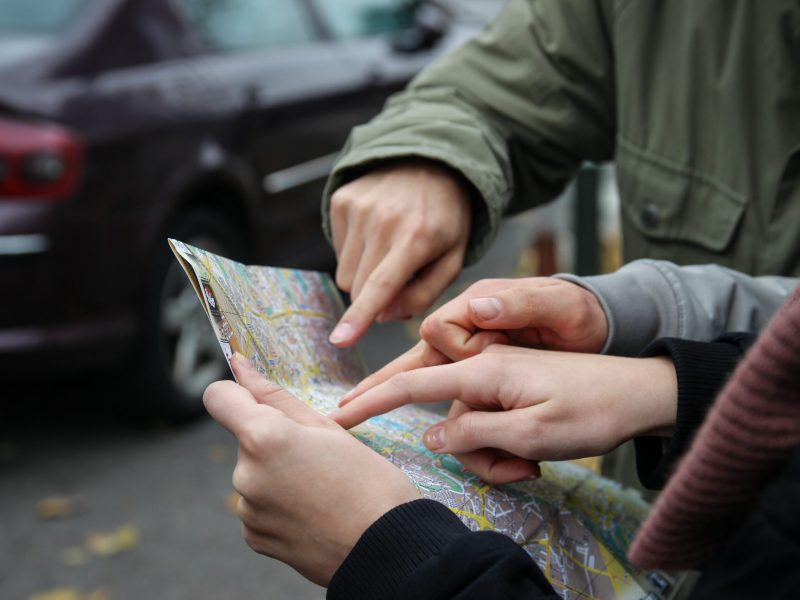Digital Ordnance Survey maps
TrackLogs maps contain real Ordnance Survey digital data and are visually identical to the paper Explorer and Landranger maps. Our maps show footpaths, bridleways and contours, just like the paper maps.
Definitions of digital and electronic cartographic works
Cartography has now moved to a new qualitative level. The development of computerisation has completely changed many map-making processes. New mapping methods, technologies and directions have emerged. It is possible to distinguish different directions in which cartography is engaged today: digital mapping, three-dimensional modelling, computer publishing systems, etc. In this connection, new cartographic products appeared: digital, electronic and virtual maps, animations , three-dimensional cartographic models , digital terrain models .
Besides the creation of computer maps, it is necessary to create and maintain databases of digital cartographic information. Digital maps are inseparable from traditional maps. Theoretical fundamentals of cartography, accumulated over the centuries, have remained the same, only the technical heart of map creation has changed. The use of computer technology has resulted in significant changes in the technology of cartographic works. The technology of cartographic works was considerably simplified: time-consuming drafting, engraving and other manual works disappeared. As a result, all traditional drawing materials and supplies are no longer in use. A cartographer with knowledge of the software can quickly and efficiently produce complex cartographic work. There are also many opportunities to carry out design work to a very high standard: design of maps, atlas covers, cover sheets, etc.
Nunc molestie gravida vulputate. Sed aliquam dapibus enim lobortis maximus. In semper ipsum ac auctor aliquam. Nulla ut velit eget enim tempus molestie. Cras in sem finibus, varius ex et, ullamcorper lacus. Curabitur viverra sit amet nisl nec accumsan. Nam placerat purus non ex aliquet, vel feugiat est mollis. Donec consequat, odio id tristique mattis, ipsum metus varius nisi, non ultricies erat ipsum vel dui.
Nunc pulvinar sapien et ligula. At tellus at urna condimentum mattis pellentesque id nibh. Quam nulla porttitor massa id neque aliquam vestibulum. Fermentum posuere urna nec tincidunt praesent semper feugiat nibh sed. Pulvinar sapien et ligula ullamcorper malesuada proin. Vitae tempus quam pellentesque nec. Ornare quam viverra orci sagittis. Morbi tincidunt augue interdum velit euismod. Arcu dictum varius duis at consectetur lorem donec massa sapien. Velit egestas dui id ornare. A diam sollicitudin tempor id. Gravida in fermentum et sollicitudin ac orci phasellus.
